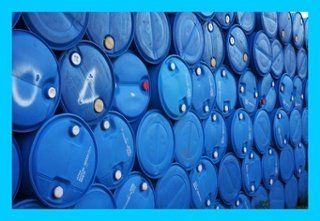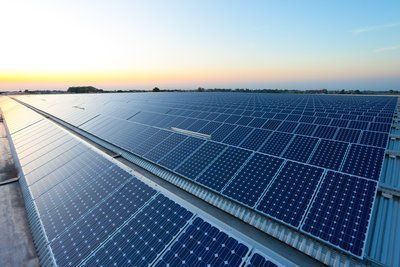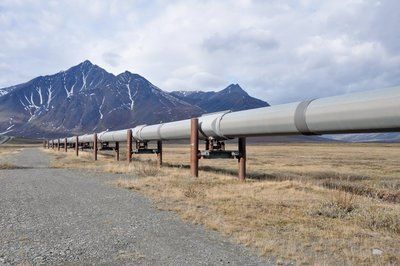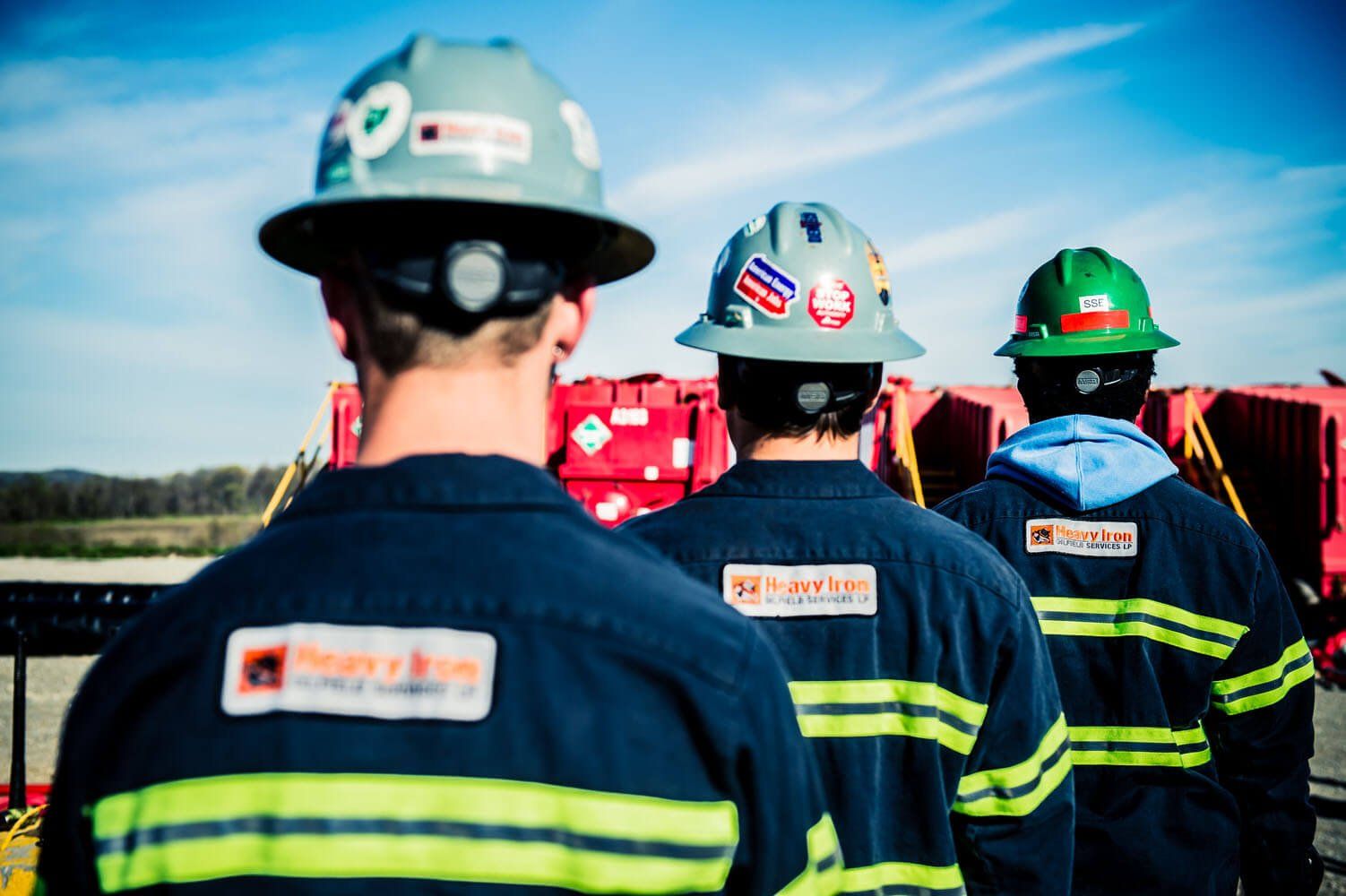HEAVY IRON NEWS
Slow Flow Proves Problematic For Trans-Alaska Pipeline
- By Design Team
- •
- 23 Feb, 2016

Slow flow has been a significant and recurring problem for the trans-Alaska pipeline, requiring numerous modifications to technology in order to improve upon production. Without addressing slow flow conditions, the trans-Alaska pipeline suffers from a number of potential issues, ranging from equipment damage to blockages.
THE DANGERS OF SLOW FLOW IN THE TRANS-ALASKA PIPELINE
The longer liquids remain within the pipeline at chilling temperatures, the greater the chances are of the liquids forming icy blockages within the equipment. Further, the longer the materials remain in the pipeline, the slower the flow becomes, and thus the chances of equipment damage and blockages steadily rise. Once a pipeline has been blocked, it has to be cleared, slowing or completely stopping production until the situation has been addressed. If equipment is damaged, the costs of repair and replacement can be significant. The unique nature of the environment surrounding the trans-Alaska pipeline creates issues that are not common in other locations.
ATTEMPTS AT ADDRESSING SLOW FLOW CONDITIONS
There have been many attempts at improving the consistency of flow through the trans-Alaska pipeline, the most popular of which have been oil recycling, temperature maintenance, and wax removal. Oil recycling works by reintroducing already warmed oil into the pipeline at intervals to lower the effective temperature of the oil being transported. It is one of the most effective methods of addressing slow flow, though it may not be energy efficient. Temperature maintenance involves both oil recycling and the use of heating solutions along the pipeline to keep the temperature of the oil being transported over a certain standard. Finally, wax removal seeks to remove wax before they can solidify into particles and create blockages. The downside to wax removal is that it creates additional steps that need to be taken for the duration of the oil transport process.
THE FUTURE OF SLOW FLOW TECHNOLOGIES
Many analysts believe that the answer for slow flow along the trans-Alaska pipeline is to increase throughput rather than to attempt to preserve the flow of liquids once they have already entered the pipeline. The faster liquids move through the pipeline, the less likely it is to experience a drop in temperature or to create blockages. The challenge has been in maintaining throughput despite decreasing oil prices and increased supply. However, the less the throughput, the more each barrel of oil will cost. For now, maintaining a standard temperature across the pipeline is the best way of reducing slow flow and its consequences.

Slow flow across the trans-Alaska pipeline is largely an issue of physics. Though there are some techniques that can be used to reduce the impact of the cold weather on the liquids as they are transported, throughput is the only answer; the more oil that is produced and transported, the less likely it will be to experience significant levels of chill. For more information about the oil and gas industry and oil transport, contact the experts at Heavy Iron Oilfield Services LP.
Subscribe to Email Updates
Recent Post

| A new project in development in Oman may be able to revolutionize the way that people think about solar energy and oil and gas. The Miraah project currently being developed will use solar power in order to produce oil, thereby reducing the amount of natural gas Oman residences will need to rely upon. Ideally, the Miraah project will be able to address many of the outstanding issues with solar technology related to energy capture, while creating a more efficient and effective method of oil production. |

Xodus Group, an international group of energy consultants, has now completed the first stage of its multiphase flow research project
, and is now entering the second. Multiphase flow is designed to research, simulate, and predict how dynamic forces act within the piping that is commonly used throughout the oil and gas industry, for a better understanding of the technology's potential improvements.

Reports have revealed that two-thirds of the natural gas in the United States are now coming from fracking
, thanks to the extensive shale gas resources and the proliferation of unconventional drilling throughout the country. Natural gas is increasingly being used throughout the globe as a more environmentally-friendly alternative to goal, and the domestic energy markets are seeing a significant reduction in utility costs.

As the oil and gas industry has been hard at work decreasing its oil production costs, the oil transportation industry has been similarly engaged. The need for oil transportation on a national and global level has been increasing alongside the need for oil throughout the world. As oil production ramps up in the United States, the old oil transportation methods have become insufficient and inefficient for the new volume of materials that need to be moved. New technologies are presently being developed to make it easier and faster to transport oil, thereby reducing overhead for the industry as a whole.

The Gulf of Mexico has been steadily increasing its oil production despite concerns regarding plummeting oil prices. In fact, production has increased enough that the Gulf of Mexico is expected to reach a record high in 2017. Many oil production companies and unconventional drillers have increased production throughout the United States rather than slowing down. Despite this, oil and gas remains a big and booming business.




